COLLAGEN FLEX FORTE 7500MG FOR JOINTS COMPLEX 10 INGREDIENTS VIT C MSM HYALURON
19,20 €
- Processing: Orders ship within 48 hours.
- Delivery: Germany: 1 day via DHL Express, 3 days via standard DHL.
EU delivery: 1-2 days via DHL Express, 3-4 days via standard DHL. - Shipping Costs: Calculated at checkout.
- Tracking: You'll receive a tracking number once your order ships.
- Return Window: 30 days from delivery for refunds or exchanges.
- Eligibility: Items must be unused and in original packaging.
- Process: Contact us to initiate a return. Refunds processed within 5-7 days after receiving the return.
- Exclusions: Perishables and personalized items cannot be returned.
Description
ESSENSEY FLEXER
✔️ 10 active ingredients
✔️ Contains calcium, magnesium and collagen
✔️ Vitamin C supplement
✔️ Tested in an Accredited Laboratory
✔️Easy to swallow capsules
Certified plant:
✔️ ISO22000
✔️ ISO9001
ESSENSEY FLEXER dietary supplement contains vitamin C, which helps in the proper production of collagen to ensure the proper functioning of bones and cartilage, and magnesium and calcium, which help maintain healthy bones. [1]
- the dietary supplement contains 10 active ingredients
- contains calcium and magnesium, as well as collagen, MSM, glucosamine sulfate, chondroitin sulfate and L-proline
- Vitamin C helps in the proper production of collagen to ensure the proper functioning of bones and cartilage [1], while magnesium and calcium support the maintenance of healthy bones. [1]
ESSENSEY dietary supplement contains active ingredients that, when taken regularly:
- Vitamin C helps in the proper production of collagen to ensure the proper functioning of bones and cartilage [1]
- Magnesium and calcium help maintain healthy bones [1]
- Magnesium and calcium help muscles function properly [1]
- Vitamin C and magnesium contribute to the proper functioning of the nervous system [1]
- Vitamin C and magnesium contribute to reducing the feeling of tiredness and fatigue [1]
Nutritional value / Nutrition information: per 15 g
- Collagen Type I and III SOLUGEL™: 7000.00 mg
- MSM: 750.00 mg
- Collagen (type II): 500.00 mg
- L-proline: 500.00 mg
- Glucosamine sulfate 2KCl: 500.00 mg
- – including D-Glucosamine: 296.00 mg
- Chondroitin sulfate: 150.00 mg
- Calcium: 120.00 mg
- Vitamin C: 60.00 mg
- Magnesium: 58.00 mg
- Omega-3 fatty acids: 54.00 mg
- – including EPA: 16.20 mg
- – including DHA: 10.80 mg
- Hyaluronic acid: 20.00 mg
Ingredients: collagen type I and III SOLUGEL™; maltodextrin; MSM (methylsulfonylmethane); acidity regulator (citric acid); collagen type II; L-proline; glucosamine sulphate 2KCl; magnesium (magnesium salts of citric acid); calcium (calcium salts of orthophosphoric acid); MEG-3™ 30% B POWDER – microencapsulated fish oil [60% refined fish oil; gelatin; acidity regulators (sodium ascorbate, citric acid); rapeseed oil; flavour; antioxidant (tocopherols); sunflower oil]; acidity regulator (malic acid); flavours; chondroitin sulphate; vitamin C (L-ascorbic acid); colour (beta-carotene); sweetener (sucralose); sodium hyaluronate.
The product may contain: milk, soy, cereals containing gluten, eggs, peanuts and nuts.
Collagen
Collagen is a structural extracellular protein that constitutes almost 1/3 of the total amount of protein in the human body. There are 28 types of collagen, the most common of which is type I collagen. It occurs naturally in the skin, bones, tendons and ligaments. [4] Type II collagen is found in joint cartilage and, together with proteoglycans, is the main component of the cartilage matrix. [5] The ESSENSEY FLEXER dietary supplement contains collagen types I, II and III.
MSM
MSM is also known as organic sulfur or methylsulfonylmethane. It is a volatile component of the sulfur cycle and is one of the sources of sulfur in the diet. [7] MSM occurs naturally in food, e.g. in fish, unpasteurized milk, raw vegetables. It is destroyed by heat treatment. [8]
Glucosamine sulfate
Glucosamine is a substance naturally produced in the body from glucose and glutamine. It is a common component of human tissues and secretions. [11] It is synthesized in relatively small amounts, and its production may change with age. [11] Glucosamine is a substrate for the biosynthesis of glycosaminoglycans and proteoglycans, which are compounds present in the extracellular matrix of cartilage. [11] Glucosamine is most often available in the form of sulfate, hydrochloride, or N-acetylglucosamine. [11]
L-proline
Proline makes up about 10% of all amino acids in collagen. Proline support is important in the biosynthesis of collagen, as well as other proline-containing proteins. [12]
Chondroitin sulfate
Chondroitin sulfates constitute more than 80% of the glycosaminoglycans of articular cartilage, which are responsible for its physiological functions. [9] Proteoglycans containing chondroitin sulfate are also found in the aorta, skeletal muscle, eye, lung, and brain. The chondroitin sulfate content of cartilage may change with age. [10]
Calcium
Calcium is a nutrient essential for the proper functioning of the body. It is found in 99% in teeth and bones, and only in 1% in blood serum. [13] Calcium is needed to maintain healthy bones and teeth. [1] Additionally, it contributes to the proper functioning of muscles and nerve impulse transmission processes. [1] It also supports proper energy metabolism, blood clotting and the functioning of digestive enzymes. [1]
Vitamin C
It is a water-soluble vitamin, also called ascorbic acid. It plays an important role in the functioning of the human body. [2] Vitamin C helps in the proper production of collagen, which supports the functioning of bones and cartilage. [1] Additionally, it supports the immune system and has antioxidant effects. [1]
Magnesium
Magnesium is one of the most important ions that affect the proper functioning of the body. It is a component of chlorophyll, which is why we can find it in food, for example in green leafy vegetables. [3] Magnesium helps maintain healthy bones and teeth, supports the functioning of muscles and the nervous system, and also contributes to proper protein synthesis. [1]
Omega-3 fatty acids
Omega-3 fatty acids are polyunsaturated fatty acids that are classified as essential fatty acids (EFAs). The most well-known include eicosapentaenoic acid (EPA) and docosahexaenoic acid (DHA), as well as alpha-linolenic acid (ALA). [14] EFAs must be supplied in food, because humans cannot synthesize them on their own. In food, they are found, for example, in oily sea fish. [14]
Hyaluronic acid
Hyaluronic acid is a compound that occurs naturally in living organisms. In the human body, it is constantly exchanged as a result of degradation and de novo synthesis, and its amount changes with age. [6] It is found, among others, in joints, blood vessel walls, vitreous body of the eye, and also in the skin. [6]
1. COMMISSION REGULATION (EU) No 432/2012 of 16 May 2012 establishing a list of permitted health claims made on foods other than those referring to the reduction of disease risk and to children’s development and health
2. Janda, Katarzyna, Magdalena Kasprzak, and Jolanta Wolska. “Vitamin C–structure, properties, functions and occurrence.” Pom. J. Life Sci 61.4 (2015): 419-425.
3. Karmańska, Aleksandra, Andrzej Stańczak, and Bolesław Karwowski. “Magnesium – current state of knowledge.” Bromatologia i Chemistry Toxicologiczna 4 (2015): 677-689.
4. Żelaszczyk, Dorota, Anna Waszkielewicz, and Henryk Marona. “Collagen–structure and application in cosmetology and aesthetic medicine.” Estetol. Med. Kosmetol 2.1 (2012): 14-20.
5. Malejczyk, Jacek. “Structure and immunology of cartilage tissue.” Acta Clinica 1 (2001): 15-22.
6. Olejnik, Anna, Joanna Gościańska, and I. Nowak. “The importance of hyaluronic acid in the cosmetics industry and aesthetic medicine.” Chemik 66.2 (2012): 129-135.
7. Parcell S., Sulfur in human nutrition and applications in medicine. Alternative Medicine Review, 2002, Feb;7(1):22-44. PMID: 11896744.
8. Wydro, D. (2016). Nutraceuticals of the 21st century – Cellfood. Acad Aesthet Anti-Aging Med, 1, 61-70
9. Lin TS, Hsieh CH, Kuo C. et al. Sulfation pattern of chondroitin sulfate in human osteoarthritis cartilages reveals a lower level of chondroitin-4-sulfate. Carbohydr Polym. 2020; 229: 115496.
10. ZEYLAND, JOANNA, et al. Structure and application of selected glycosaminoglycans. Veterinary Medicine, 2006, 62.02: 139-144.
11. Studzińska-Sroka, Elżbieta, and Wiesława Bylka. “Glucosamine–help in the treatment of osteoarthritis.” Advances in phytotherapy 4 (2011): 248-253.
12. Karna, E., Szoka, L., Huynh, TYL et al. Proline-dependent regulation of collagen metabolism. Cell. Moth. Life Sci. 77, 1911–1918 (2020).
13. Beto, Judith A. “The role of calcium in human aging.” Clinical nutrition research 4.1 (2015): 1-8.
14. Calder, Philip C., and Parveen Yaqoob. “Understanding omega-3 polyunsaturated fatty acids.” Postgraduate medicine 121.6 (2009): 148-157.




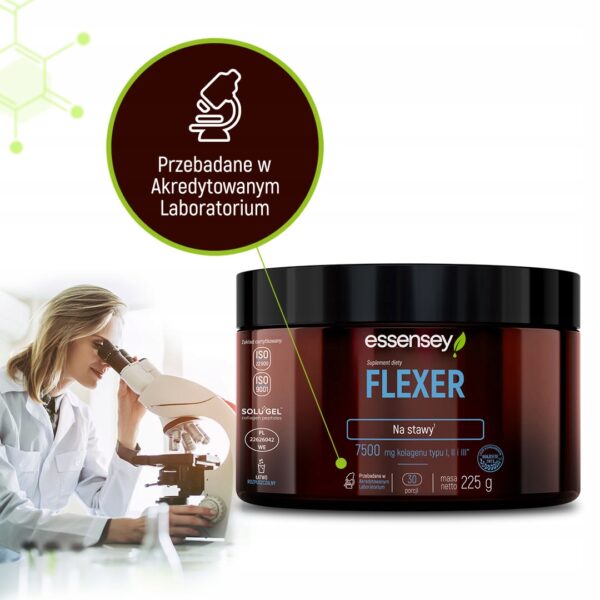


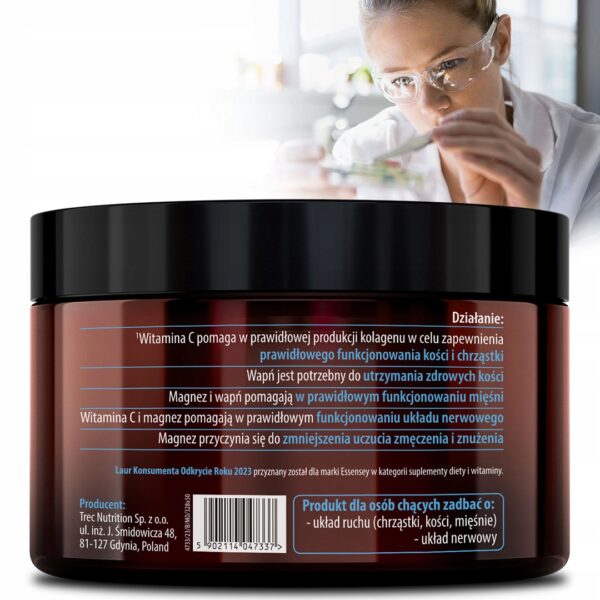


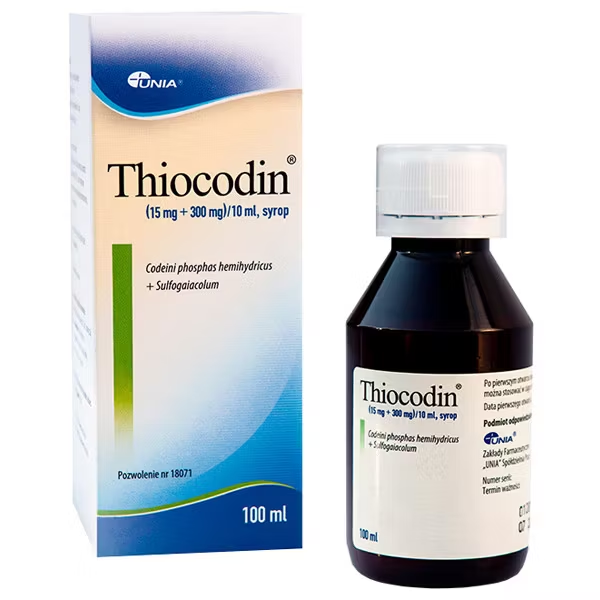
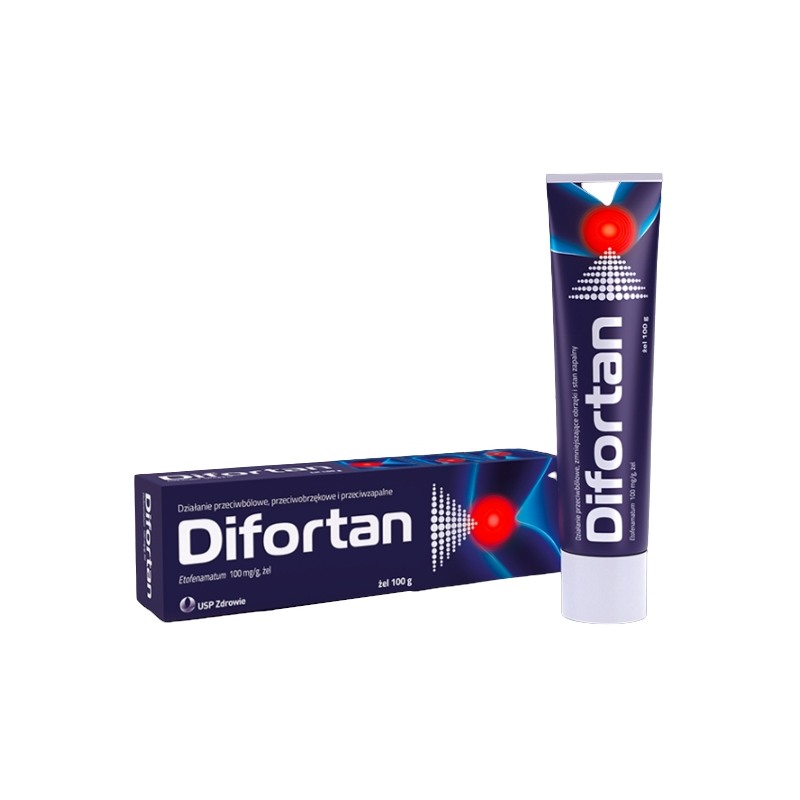
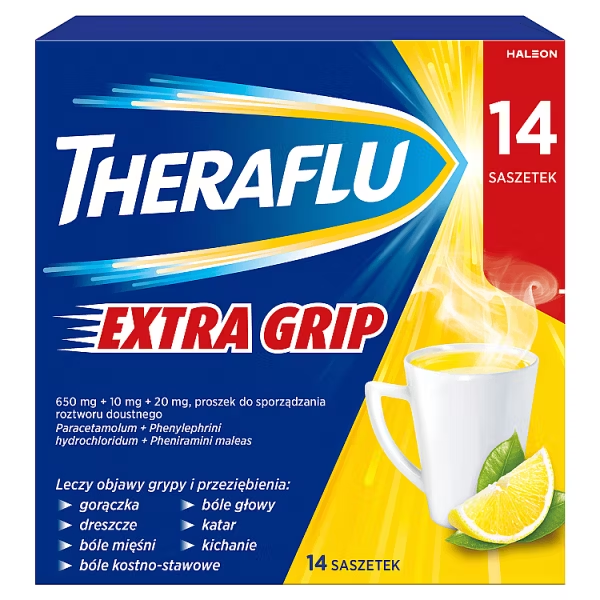
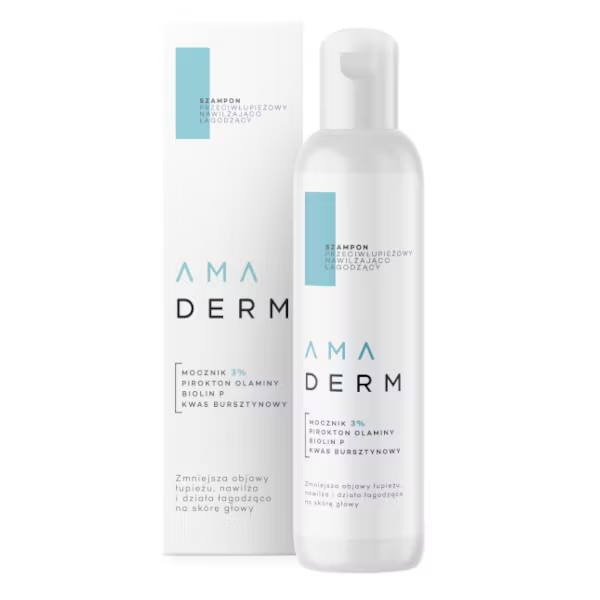
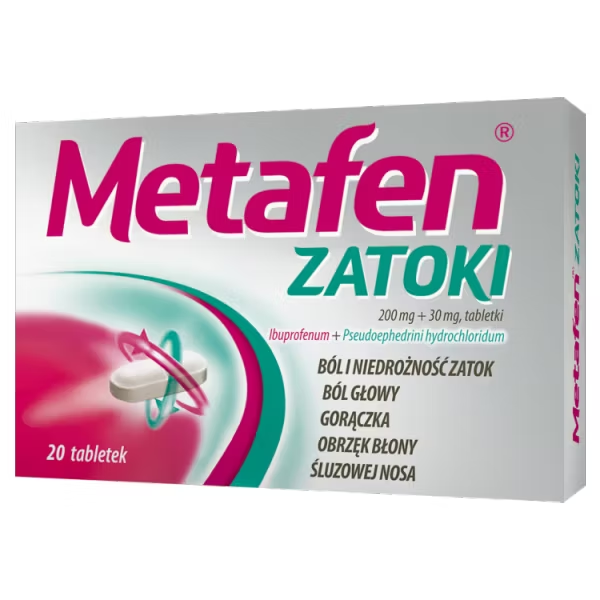



























Reviews
Clear filtersThere are no reviews yet.